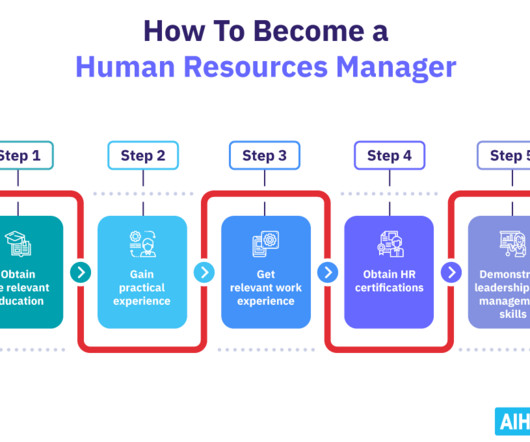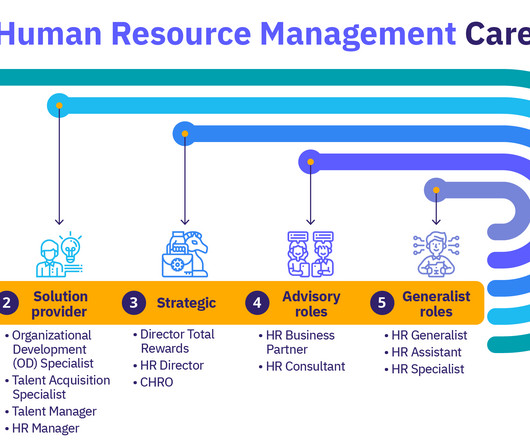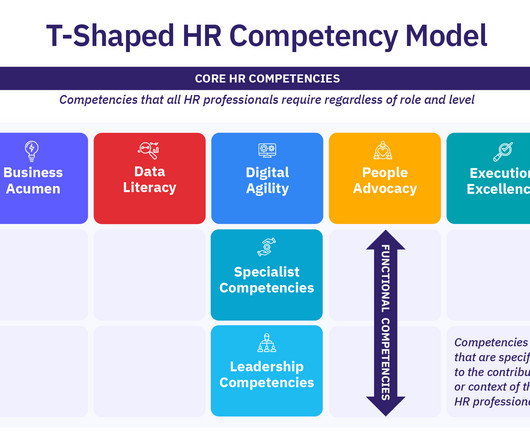How to Become a Human Resources (HR) Manager: The Definitive Guide
Analytics in HR
JULY 10, 2023
They are crucial in ensuring the organization’s workforce is effectively managed, supported, and aligned with its strategic goals and objectives. Performance management : HR managers facilitate performance evaluations, establish performance goals and metrics, provide feedback, and implement performance improvement plans when necessary.
















Let's personalize your content